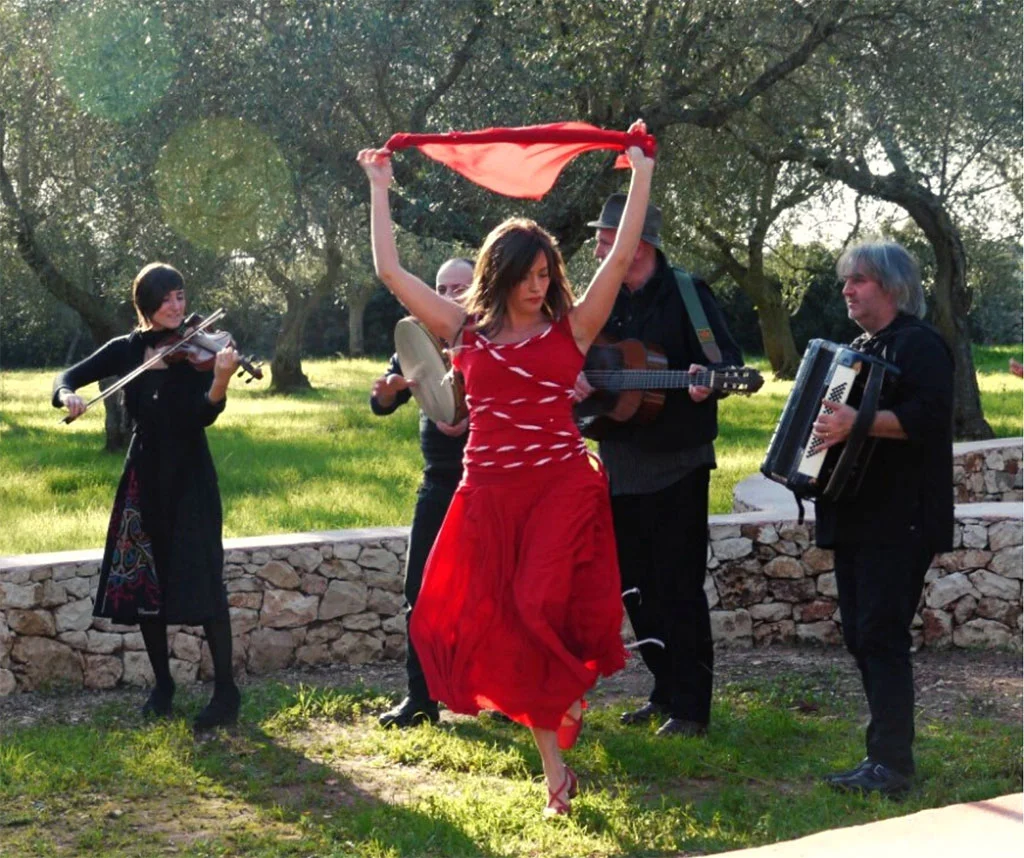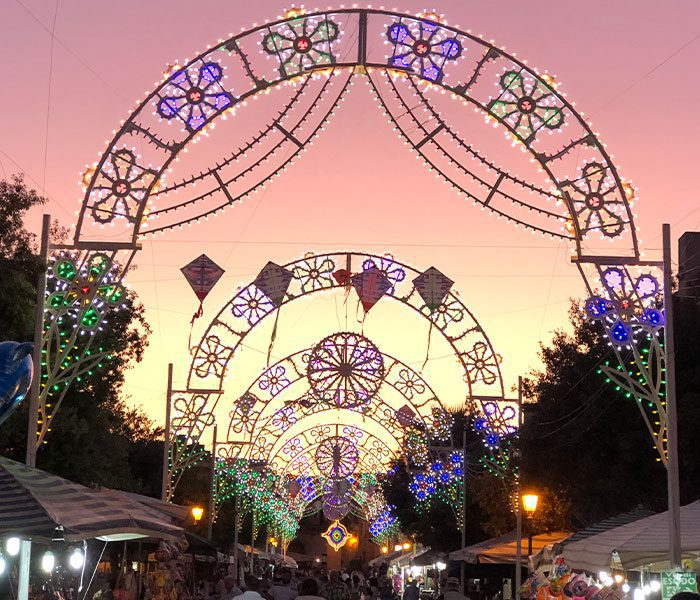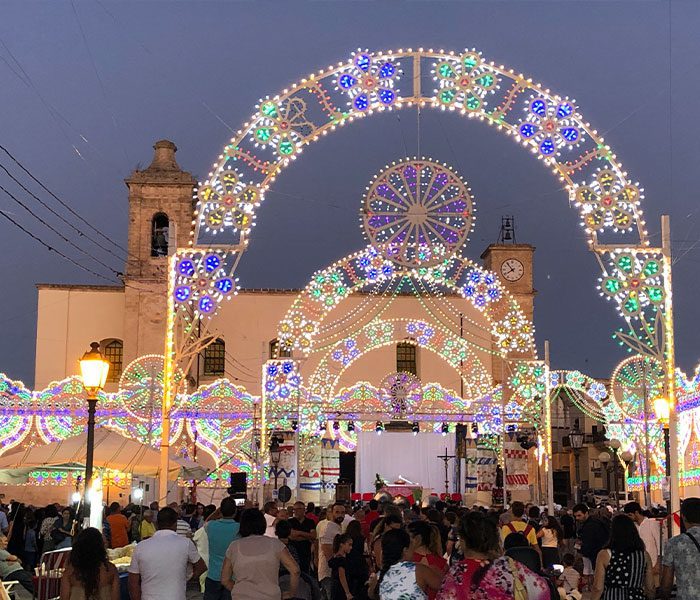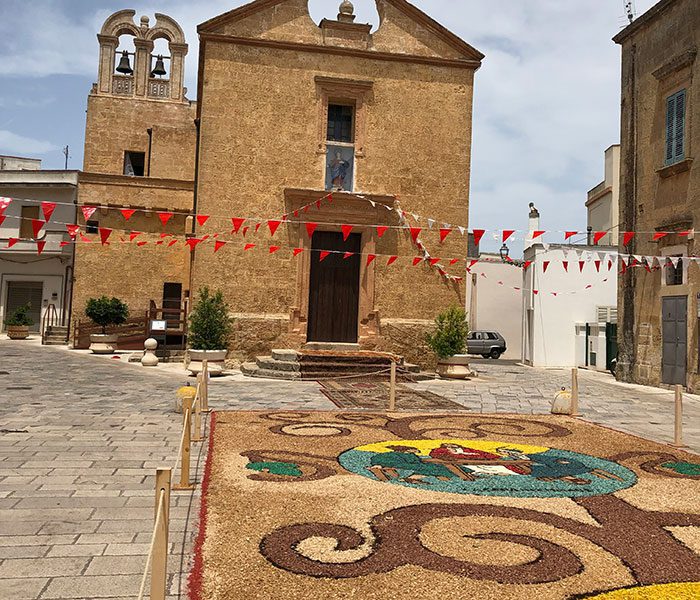EXPERIENCE SALENTO LIKE A LOCAL
Discover the beaches, villages and folklore of this magical land
paradise
Crystal clear waters beaches
Crystal-clear waters and dreamlike landscapes
Crystal-clear waters, fine sand, and enchanting bays—finding a paradise on earth is as simple as diving into the beauty of Salento. Its coastline offers breathtaking scenery, ranging from long stretches of golden sand to dramatic cliffs overlooking the sea.
Along the Ionian coast, the beaches are perfect for families, thanks to the shallow seabed and calm waters, ideal for safe swimming. Just a few minutes from Corte Cucciata, you can reach stunning destinations such as Torre Vado, with its picturesque Saracen tower and charming marina, or Pescoluse, known as the Maldive del Salento, a true Caribbean-like oasis with white sand and turquoise waters.
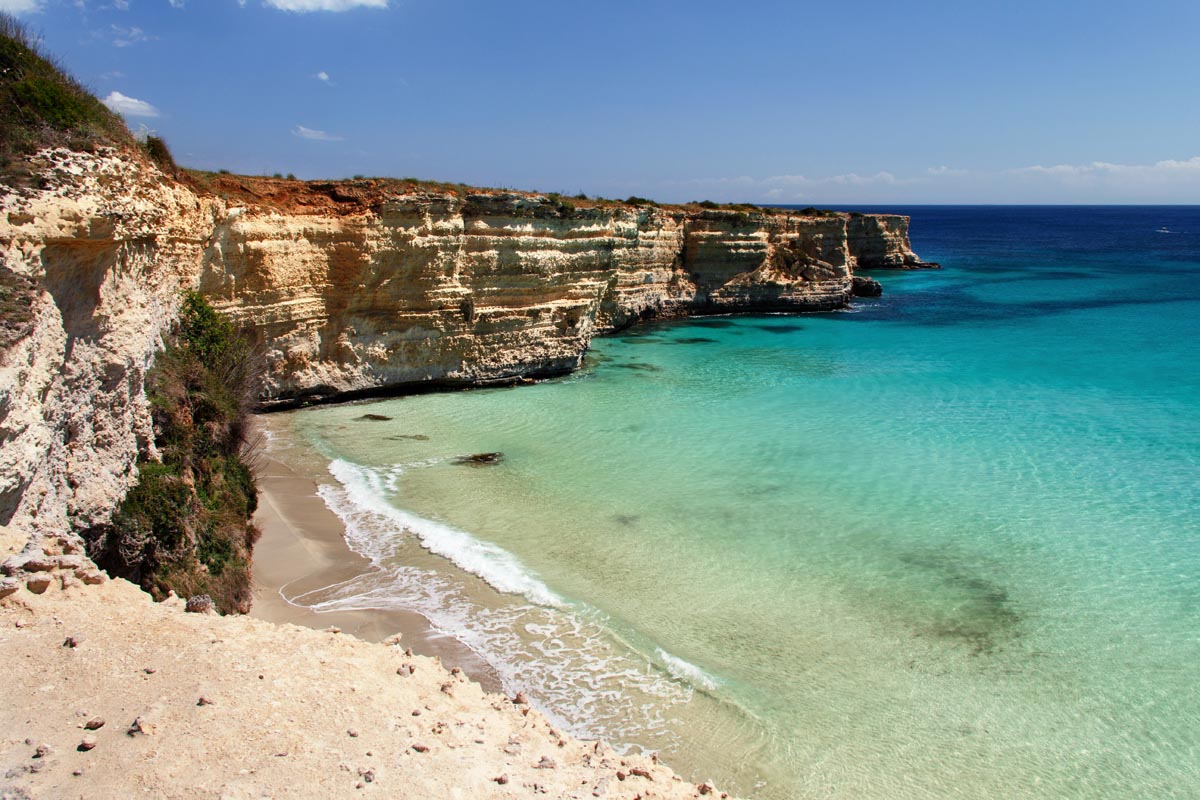
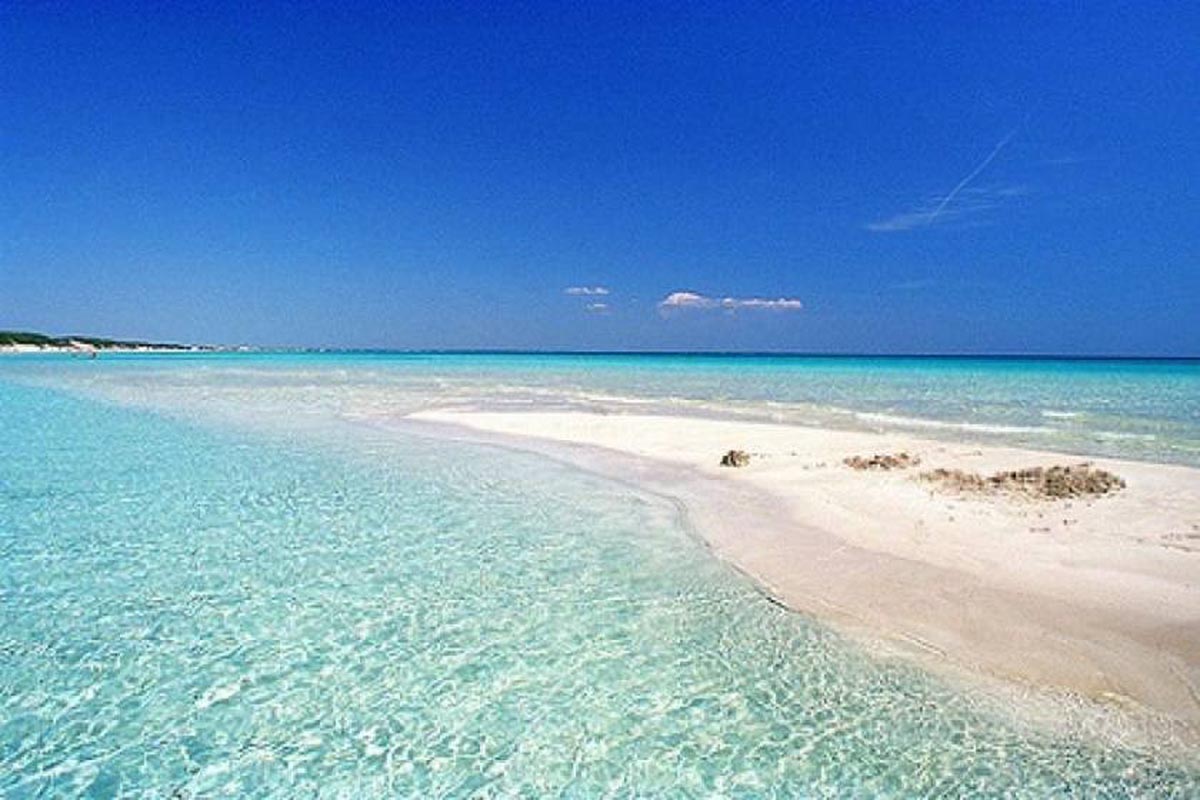
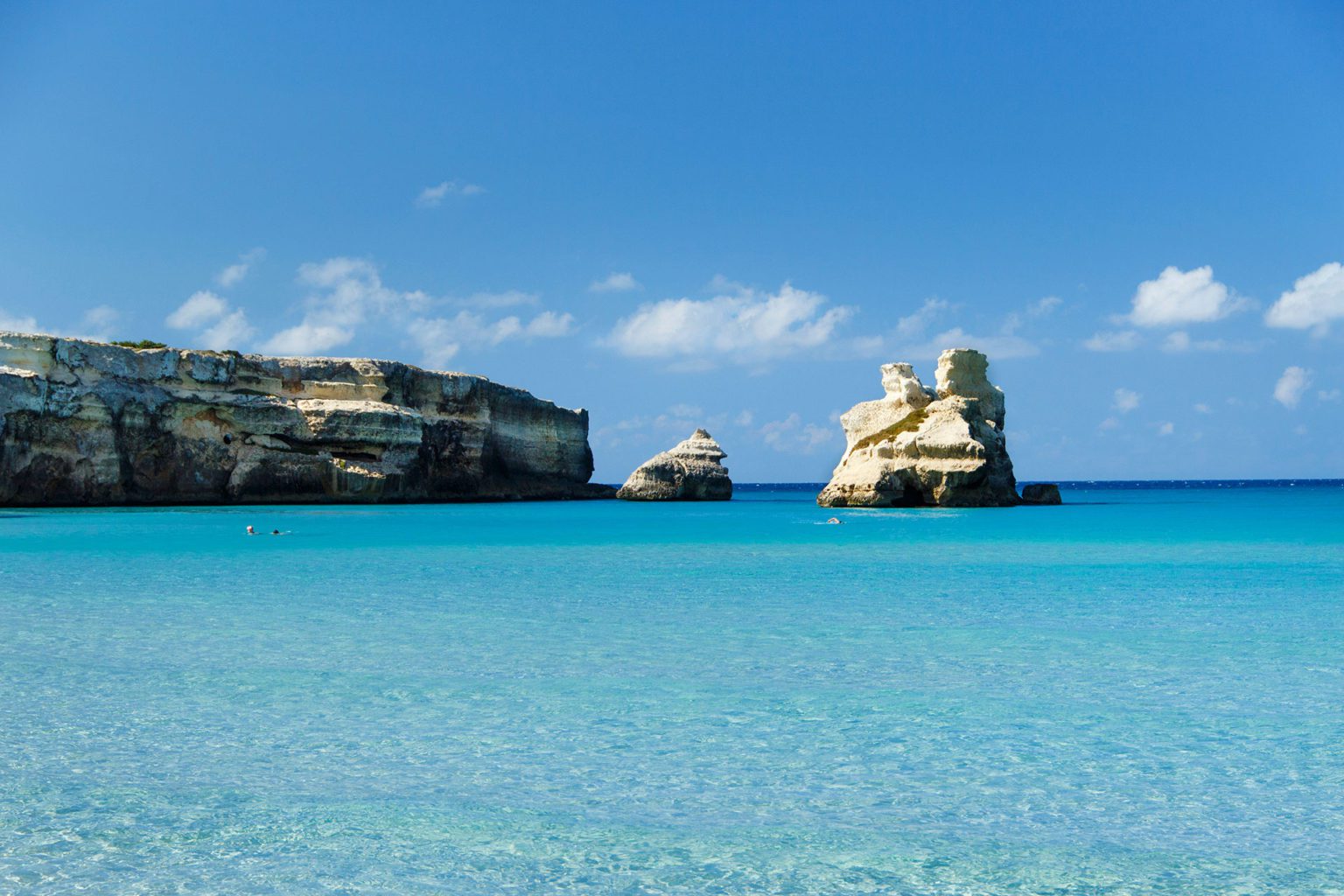
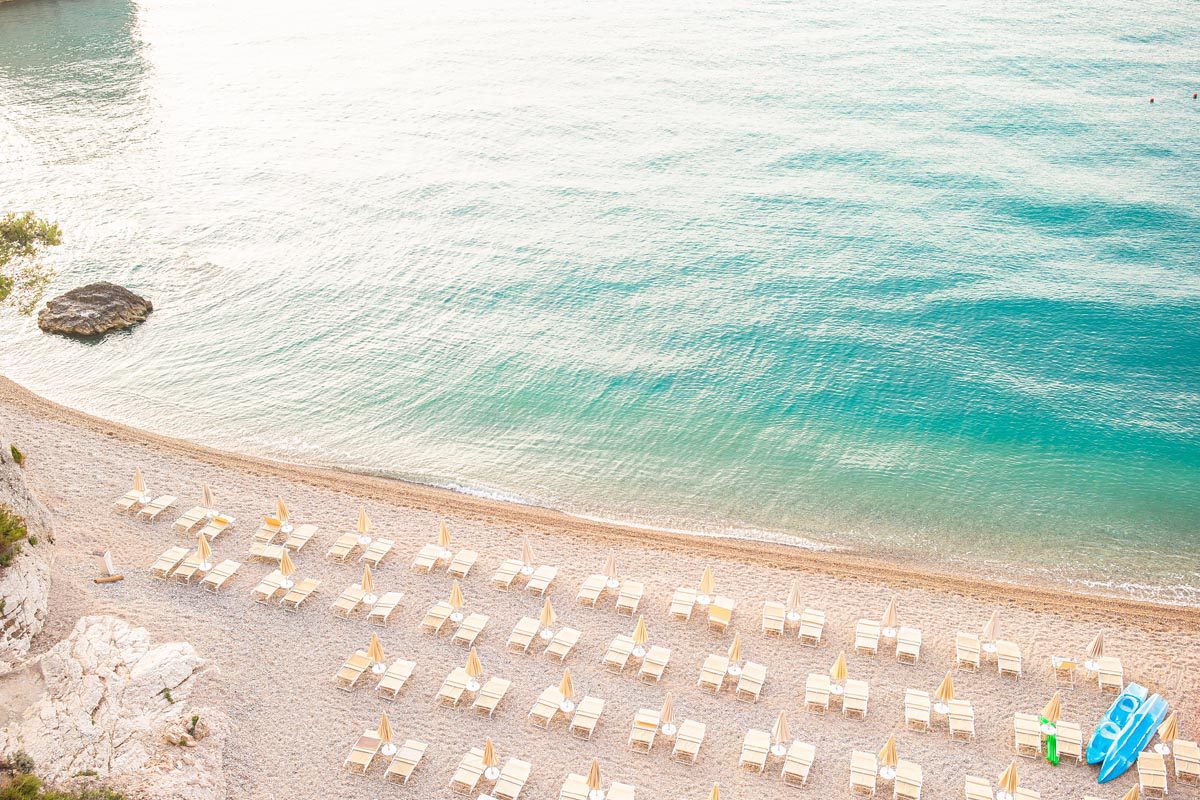
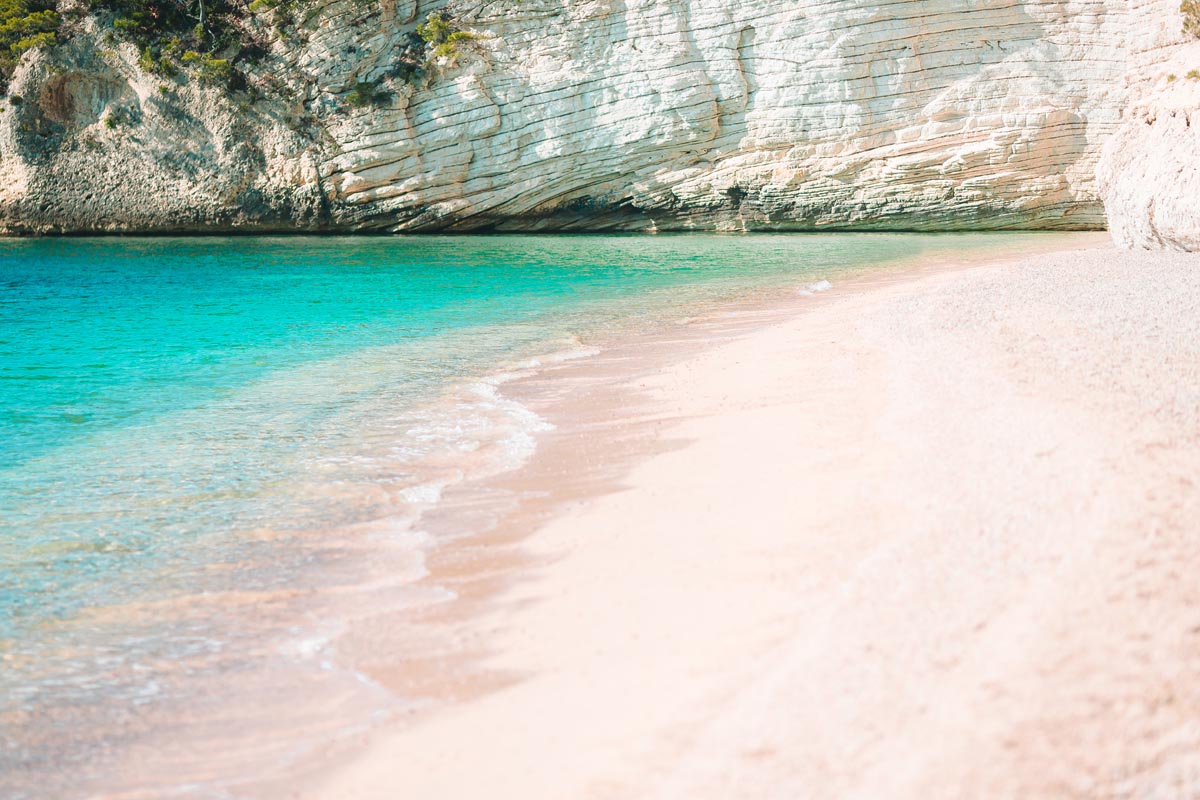
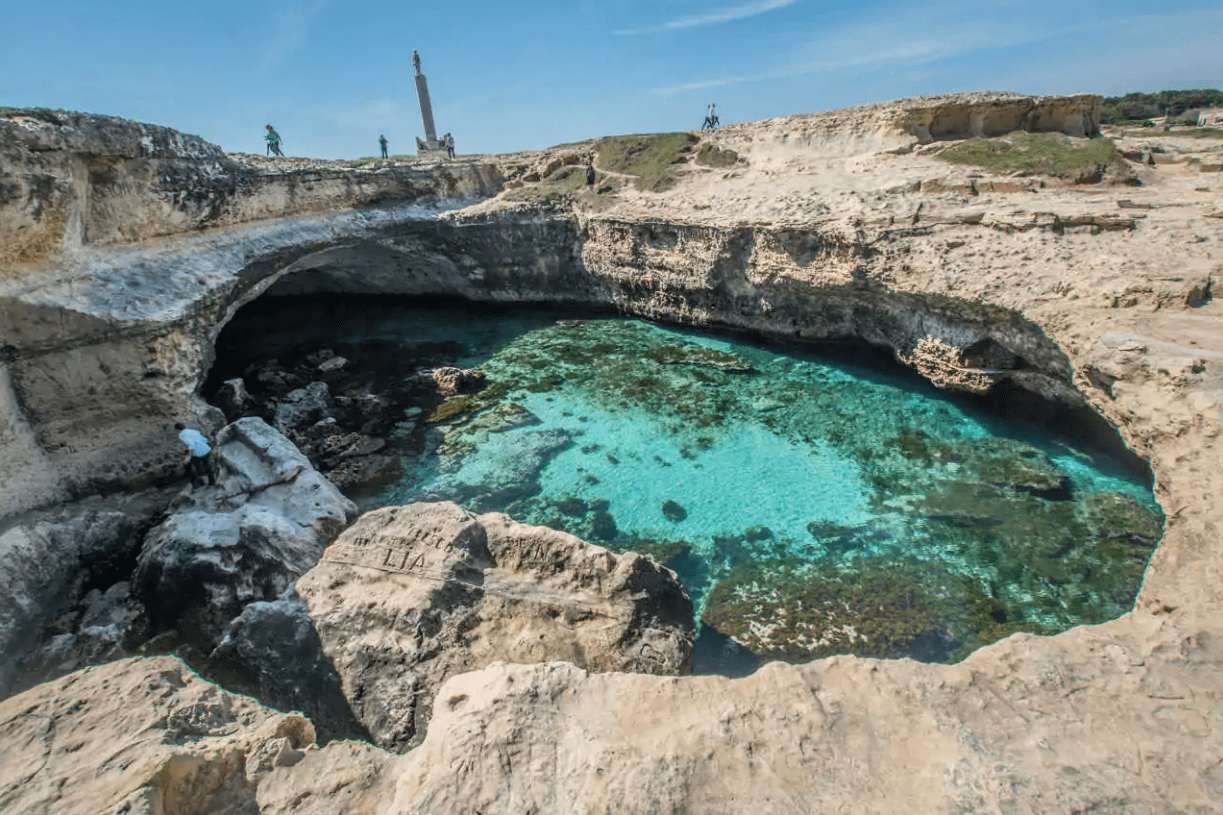
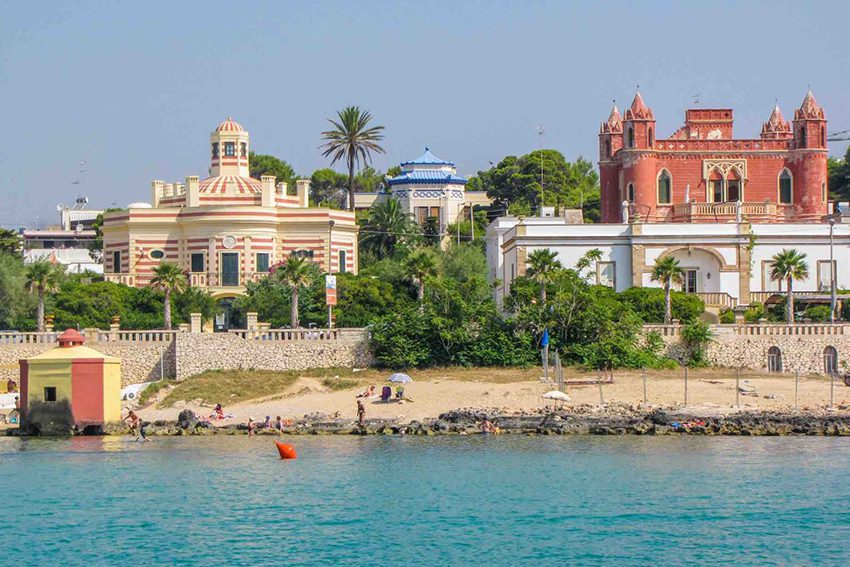
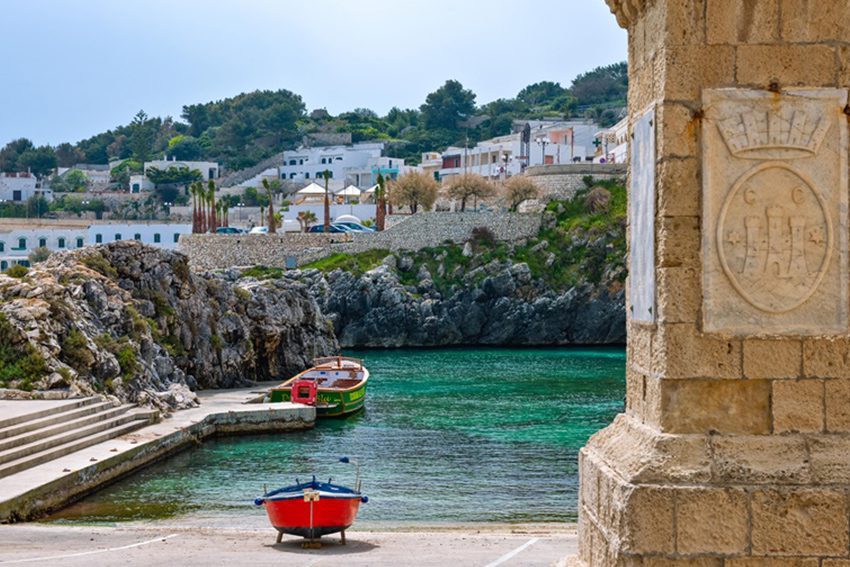
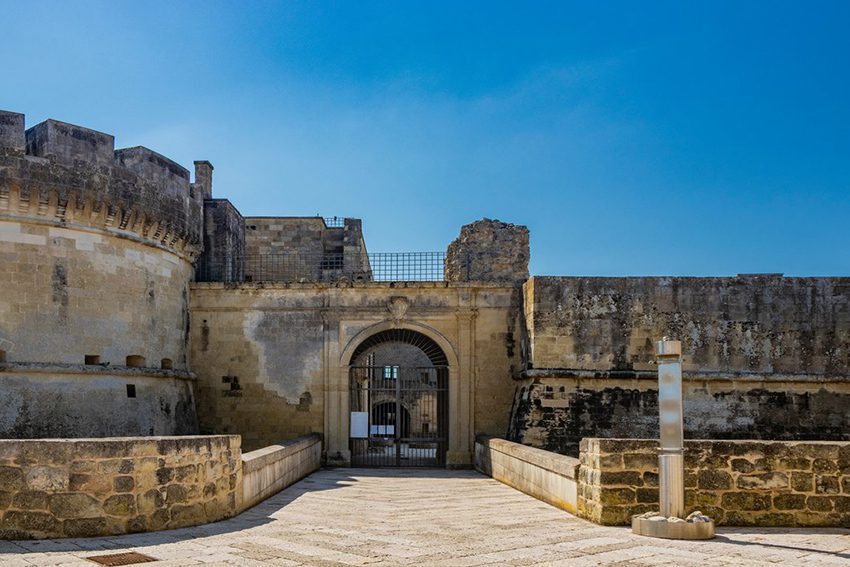
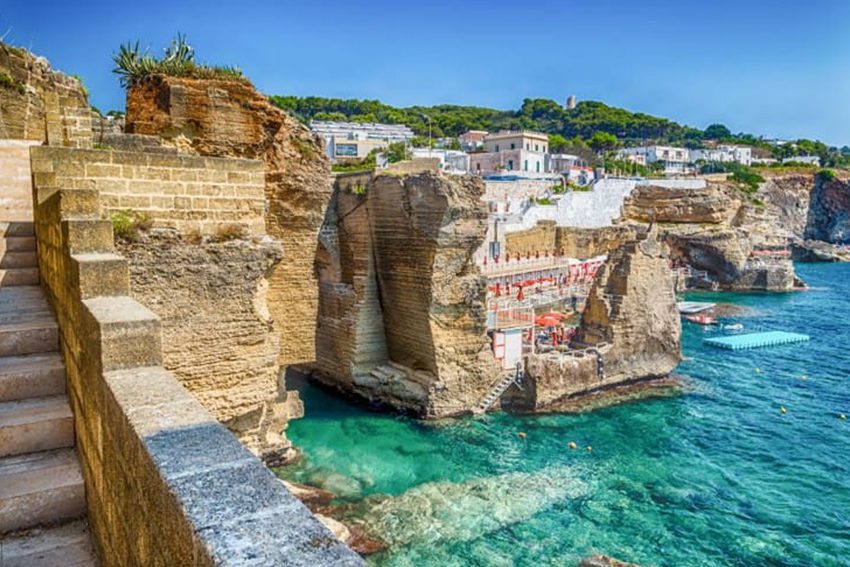
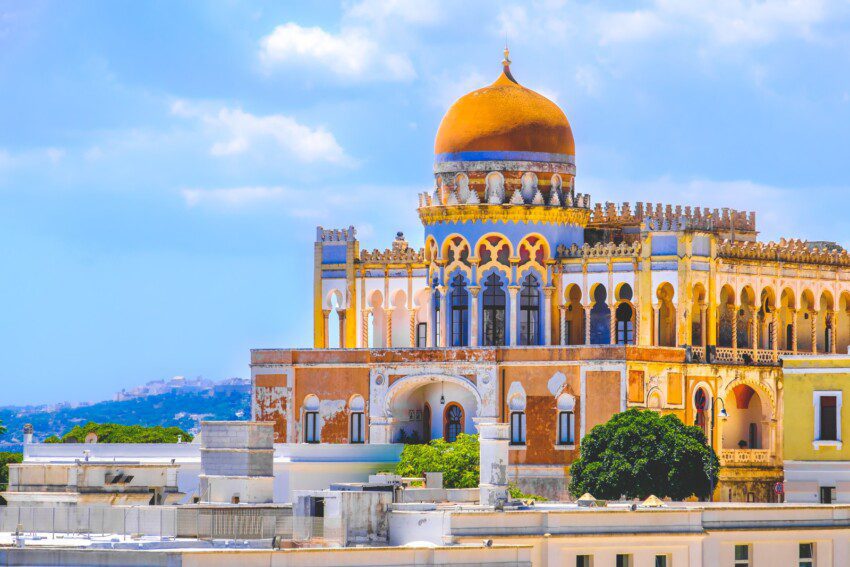
the hidden Apulia
Villages and Historical Centres
Villages and historic towns to explore
Beyond its paradise beaches and famous destinations, Puglia holds a more authentic soul, made up of historic villages and ancient town centers that have preserved their timeless beauty. These places offer a more intimate and genuine travel experience, away from the busiest tourist routes, perfect to visit in every season while embracing local traditions. One of the most fascinating gems is Acaya, one of the few remaining fortified towns from the 16th century, where time seems to stand still. Not far away, Santa Cesarea Terme captivates visitors with its stunning coastal scenery and its famous thermal sulfur springs, renowned for their healing properties.popular culture
Folklore and Traditions
Folklore and traditions of Salento
The folklore and popular traditions of Salento are among the most authentic and vibrant in Puglia and all of Southern Italy. This land, rich in Hellenic influences, preserves a unique cultural heritage, expressed through its music, storytelling, and religious celebrations.
One of the most fascinating aspects of Salento’s culture is its traditional music, which comes to life in folk songs and tales passed down through generations. Fairy tales, legends of witches, nymphs, and elves roaming the Salento countryside intertwine with ancient rituals, including the famous pizzica, the iconic dance of Salento. This passionate dance, driven by the hypnotic rhythm of the tambourine, has its roots in an ancient healing ritual linked to the phenomenon of the tarantate—women believed to be afflicted by the bite of a tarantula, who found relief in the frenzy of the dance.
Patron saint festivals and light shows
The spirituality of Salento is deeply connected to the cult of saints, which is a cornerstone of popular religious devotion. Every town honors its patron saint with solemn processions, fireworks, artistic illuminations, and musical bands accompanying the stunning papier-mâché statues, crafted by local master artisans. Among the most spectacular celebrations is Santa Domenica in Scorrano, held from July 5th to 9th, transforming this small village into the world capital of illuminations. Here, visitors can witness an extraordinary event where breathtaking light installations and fireworks create a magical atmosphere, paying tribute to Salento’s religious and artistic heritage.Salentino craftsmanship: a heritage to preserve
Salento is a land of ancient crafts, proudly passed down through generations. Among the finest examples of local craftsmanship are:- papier-mâché, originally created for religious purposes and now an integral part of Salento’s artistic culture.
- terracotta, made from locally sourced clay, widely produced throughout the region.
- lecce stone, also known as “the gentle stone” due to its exceptional malleability, used to create works of art and architectural decorations.
- traditional weaving, preserving the art of handmade embroidery alongside the crafting of wicker baskets, copperware, and wrought iron.
